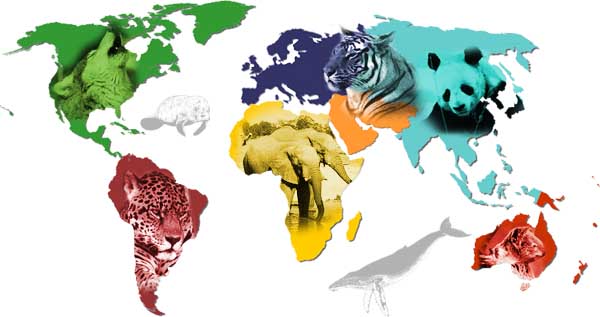
Endangered Animals Locally and Globally
January 11, 2017
An endangered specie is an organism that is in danger of becoming extinct. This has become a increasing problem locally and globally because of increased poaching, habitat loss, too few animals to breed and upsetting the balance of their ecosystem because of climate change and the aforementioned issues. Written below are ten locally endangered species and ten globally endangered species.
Endangered Species Locally
There are currently 37 plant and animal species endangered in the state of South Carolina. All of these species are protected by the Endangered Species Act. Currently, South Carolina has the 19th highest number of endangered species out of all 50 states.
Carolina Heelsplitter
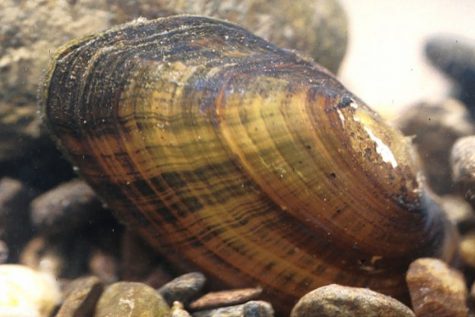
The Carolina Heelsplitter is a freshwater mussel that makes its home in the streams and rivers of upstate South Carolina and North Carolina. The mussel has earned its place on the endangered species list due to the habitat and water quality problems currently threatening their hosts. When the mussel cannot find a host, it is not able to reproduce, thus causing a decrease in their population numbers. Mussels are greatly affected by high levels of ammonia, chlorine, and metals; all of which are issues in the mussels natural habitat. We can begin reducing this issue by reducing the use of chemical fertilizers to upkeep golf courses and increase agriculture.
West Indian Manatee

This friendly creature can often be seen wading through the warm waters of our local beaches and inlets. You may have even seen groups of them traveling up and down the beaches. However, what many forget to recognize is that these friendly giants are in great danger of losing natural warm water springs and stand no chance when faced with powerful boats that trample and tread on them. On a more positive note, there is some hope for these creatures. Thanks to the Marine Mammal Protection Act, the West Indian Manatee can not be hunted, and many regulations and fines are issued to prevent people from significantly harming their habitat or any one of the animals.
Hawksbill Sea Turtle
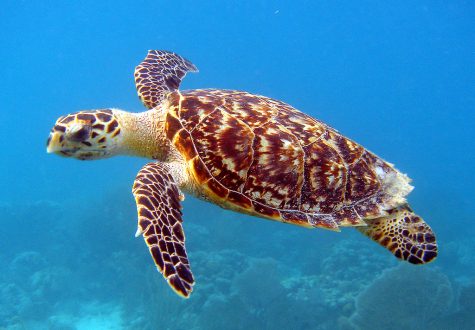
The Hawksbill Sea Turtle can be found across the coastlines of the Atlantic, Pacific and Indian Oceans. Although they prefer to feed in warm southern waters where they can take shelter in coral reef systems and find food, they are still sometimes found along the South Carolina Coastline. The Hawksbill is currently threatened almost entirely by humans. Floating plastic nets and bottles trap the turtles and often kill them. Additionally, despite their worldwide protection, some still find them to be a delicious meal and preserve their shells to make jewelry and sell. In the United States and many other countries, the turtle is highly protected, with plenty of laws, fines and regulations that keep them safe. However, in some places, the endangerment of the hawksbill is not taken so seriously.
Kemp’s Ridley Sea Turtle

There are currently only 1000 Kemp’s Ridley Sea Turtles in the world–making them the most endangered sea turtle. They can be found in the warm, coastal waters of the Atlantic Ocean. If you’ve ever stayed on an ocean front property, you’ve probably been asked to dim your lights at night. Although this rule protects all sea turtles, it is particularly important for nesting Kemp’s Ridleys because of their significantly low population size. Efforts are in place all along coastlines to help protect the offspring of these turtles and help increase their populations.
Shortnose Sturgeon
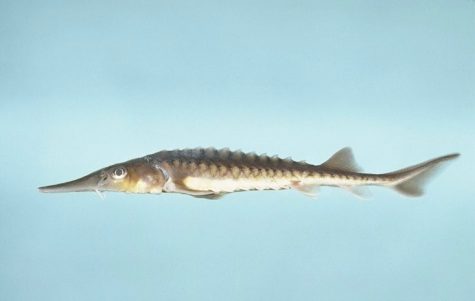
The bony fish earned it’s place on the endangered species list due to the dredging, pollution and construction of dams in their estuary homes. There are currently petitions in place to regulate fishing in areas where their population is landlocked.
Kirtland’s Warbler

Climate change has forced the species to move North, where their habitat is not as nourishing and ideal. The species is very near to extinction with only a few left.
Bachman’s Warbler
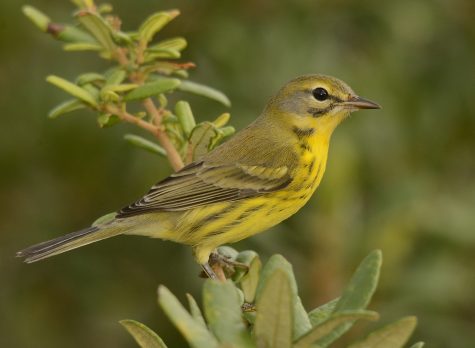
Bachman’s Warbler
Water Pollution threatens the prey of the bird, reducing their population size. As of 1967, it has been considered the rarest songbird in the United States. Due to their rarity, they have a difficult time finding mates. Hurricanes continue to threaten their extremely small population.
Red Wolf
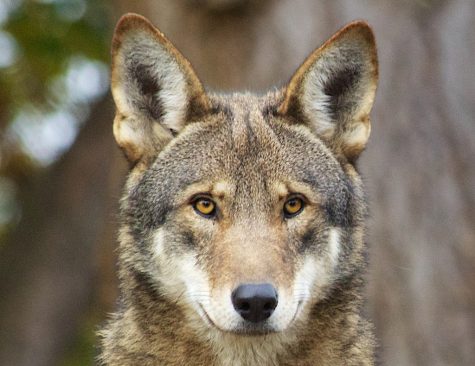
The species is completely extinct in the wild. The only known pack of red wolves is located on Bull Island, where a rehabilitation center is maintained to help save the species and hopefully reintroduce them to the wild. There is currently only about 63 left at all. Maybe a couple in the wild.
Red Cockaded Woodpecker
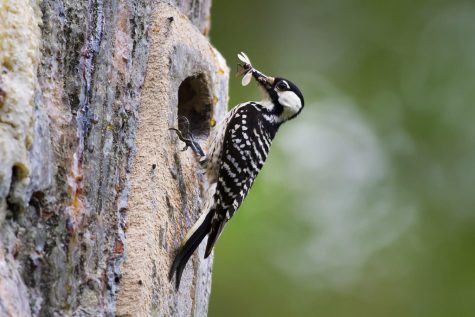
One of the rarest species of woodpeckers that can only be seen during their breeding season. Even then, they are extremely scarce. Their extinction would be significant due to the vital role they play in the food web of the pine forest.
Endangered Species Globally
There are currently 41,415 critically endangered endangered and vulnerable species in the world and 16,306 of those species are on the brink of extinction. You can help support these animals by “adopting a species”. You will receive an adoption kit which contains a plush of the animal, a species card, an official adoption certificate, photo and World Wildlife Fund gift bag. With over a 100 species available for adoption there is surely the perfect animal for anyone. A hippo, a narwhal, a river otter, a honey badger, a sloth bear and more are available at this link https://gifts.worldwildlife.org/gift-center/gifts/Species-Adoptions.aspx
The Saola
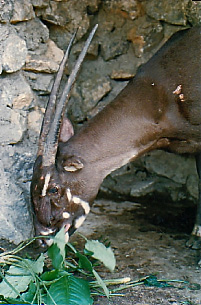
The Saola was discovered only 24 years ago (that is 1992 if you don’t want to do the math). The Ministry of Forestry of Vietnam found a skull that had unusually long straight horns in a hunter’s home. It was the first large mammal discovered in over 50 years making it one of the most spectacular zoological discoveries of the 20th century. The Saola is a cousin of cattle though they look like a antelope with brown fur, white spots, two parallel point horns and standing about 33 inches at the shoulder and weighing 170-220 lbs. Saola means “spindle horns” in Vietnamese. The Saola’s habitat is only Annamite Mountains. Their population is unknown because of their recent discovering but they are thought to have a very small population based off of their recent discovery.
The Blue Whale
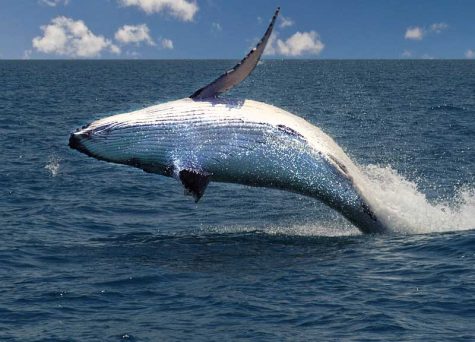
The Blue Whale is probably the most famous of all the whales. The Blue Whale owns the title for the largest animal on the planet, weighing as much as 200 tons. The legend of a bunch buggy being able to drive through a blue whale’s arteries is false. A bunch buggy is actually the size of the Blue Whale’s entire heart. A Blue Whale’s song is louder than a jet engine. A jet engine only reaches about 140 decibels while Blue Whale songs have been recorded as loud as 188 decibels. There are only about 10,000- 25,000 Blue Whales left in the world’s oceans because of illegal hunting for whale oil.
The Humphead Wrasse
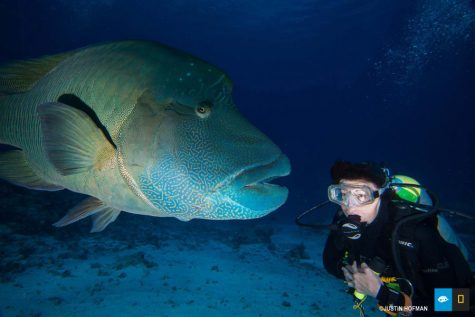
The Humphead Wrasse is an enormous fish that can live to be 30 years old growing up to 6 feet and weighing over 400 pounds with a huge hump on its head, hint the name, Humphead. The Humphead Wrasse live on coral reefs hunting for shelled prey such as mollusks, starfish and crustaceans. Their exact population is unknown but they are thought to be in decline because of the high demand of live reef fish for consumption of which the Humphead Wrasses are the most popular.
The Northern White Rhino
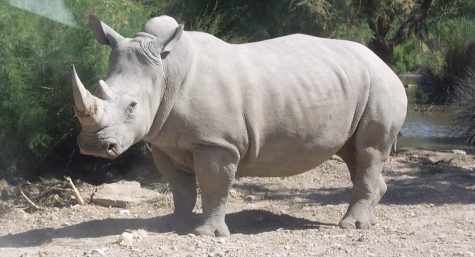
The Northern White Rhino is perhaps the closest known animal to extinction on earth with only three remaining in the wild. A Northern White Rhino is a herbivore, characterized by their large size and huge horns. The Northern White Rhino used to roam from Uganda to Chad but their populations were drastically reduced to poaching for their horns, which are thought to have medicinal properties. The medicinal properties of rhino horn, tiger bones and shark fins are not based in science or proven, any type of side effect from consuming these products is thought to be completely attributed to the placebo effect. Scientist are trying to use Northern White Rhino eggs that have been fertilized by the only remaining male Northern White Rhino in a surrogate Southern White Rhino to save the species. This process could take longer than a decade and no one knows if that will be soon enough.
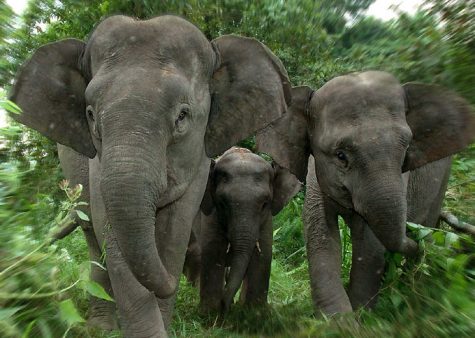
The Borneo Pygmy Elephant
No one could have thought of a more adorable elephant. The baby faced Borneo pygmy elephant has oversized ears, round baby bellies, and tails that are so long they drag on the ground. They are also among the most gentle elephants. Originally thought to be the ancestors of a domesticated herd given to the Sultan of Sulu in the 17th century Pygmy elephants are genetically different from their cousin the Asian Elephant. Their DNA shows that they were isolated from their Sumatran and Asian relatives some 300,000 years ago resulting in physically differences in overall body size, ear size, tail size and tusk shape. Today, there are roughly 1,500 Borneo Pygmy Elephants left in the wild.
The Vaquita
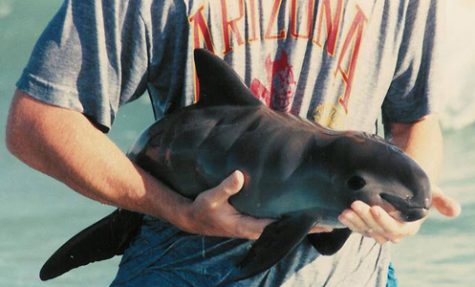
Vaquita is the rarest marine mammal and the smallest porpoise in the world inhabiting only the Northern Gulf of California. This small porpoise has a large dark ring around its eyes and dark patches around its lips that form a line from the mouth to the pectoral fins. Vaquitas are often caught in the gillnets of illegal fishing operations. It was discovered in 1958 and just a little over 50 years later it is on the brink of extinction with fewer than 60 individuals left.
The Red Panda
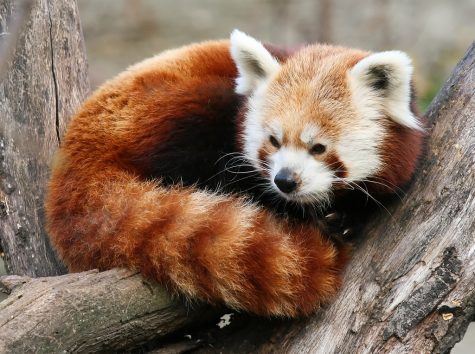
The Red Panda is one of the cutest animals on the earth. They are slightly larger than a domestic and has a bear like body with thick luscious russet fur. Their legs and belly are black with white markings. They have long bushy tails that they use for balance and as a scarf to keep them warm in the cold winters. The Red Panda lives in predominantly in Eastern Himalayas. The name panda comes from the Nepali word “ponya” which means plant eater. There are less than 10,000 individual red pandas in the wild.
The African Wild Dog
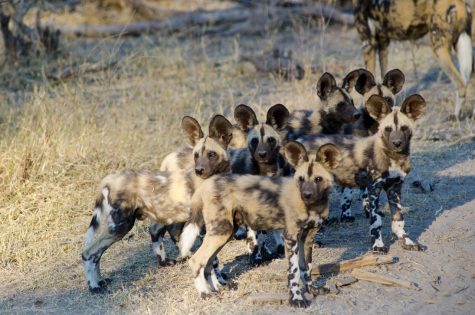
The African Wild Dog is one of the world’s most endangered mammals. The largest populations remain in Southern Africa and East Africa. Wild Dogs are very social and gather in packs of 10 but these packs can sometimes number as high as 40. They weigh between 40-70 pounds and are opportunistic predators, hunting mostly gazelle. They can run at top speeds of 44 miles per hour. There are about 6,600 African Wild Dogs left.
